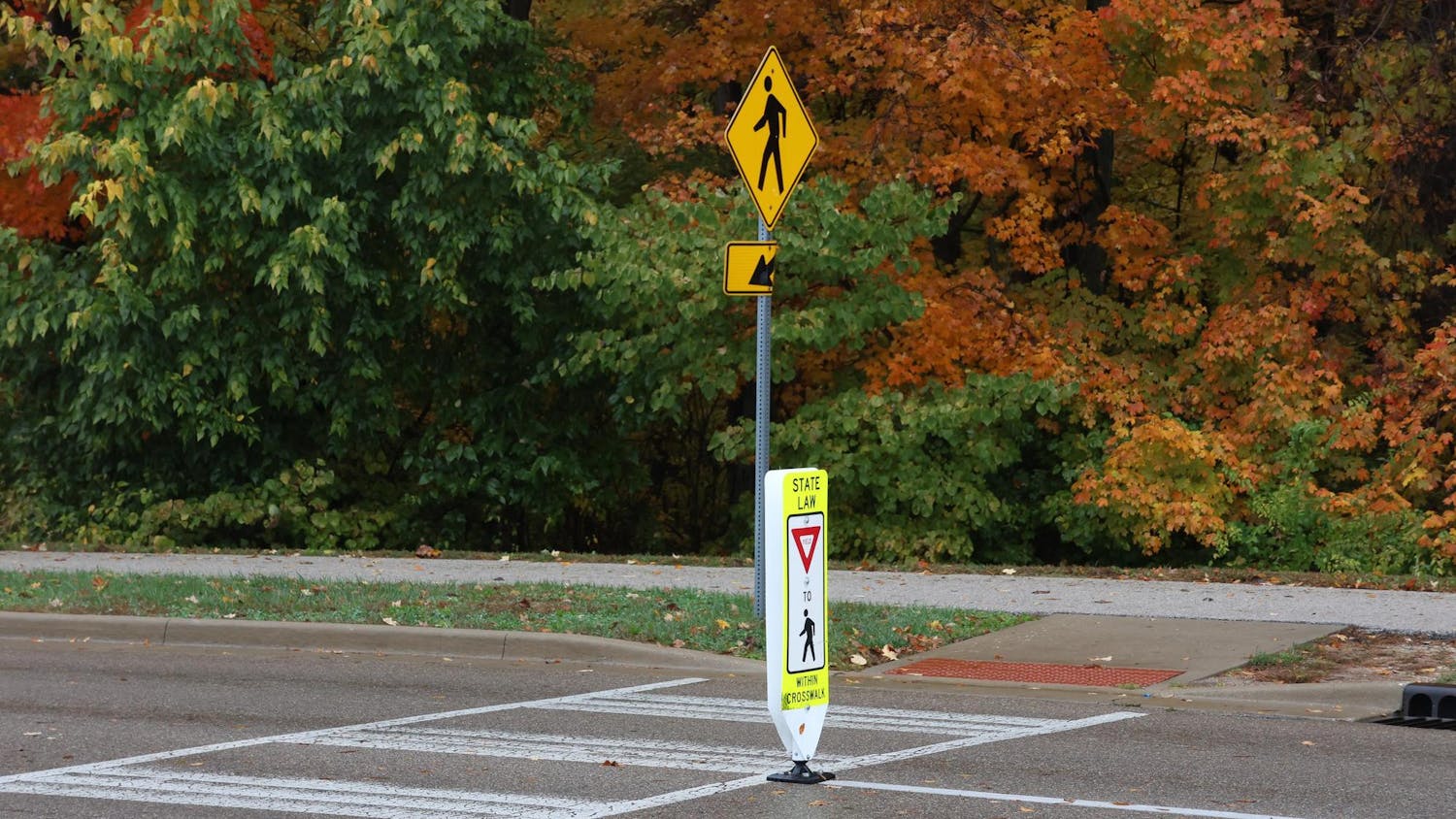SYDNEY - Chicago might have lost the 2016 Olympic bid, but at least its citizens won’t have an Olympic financial fiasco.
As the New South Wales auditor-general put it in 2000, “The taxpayer, the taxpayer has ah, has paid for the privilege of paying for the Olympics.”
The Olympics put Sydney in debt by millions. But nine years after it footed the bill for the world games, Sydney’s Olympic Park is a vibrant section of the city.
The ANZ Stadium, originally known as Stadium Australia, had the capacity for 110,000 people at the time of the Olympics and was the biggest outdoor stadium used for the games at that time.
Post-Olympic renovations, however, reduced seating to 83,500 to accommodate Australian football and cricket.
This past Sunday, the National Rugby League finals filled 82,538 of those seats. It is the biggest annual sports attraction for Australia, comparable to the Superbowl.
The Parramatta Eels team, whose fans turned the ANZ Stadium blue and gold, lost 16-23 to the Melbourne Storm. Parramatta is a suburb west of Sydney, and Melbourne is a city to the south.
Olympic Park is not limited to the use of professional athletes, though, nor is it just the home to sports anymore.
While there are 10 venues for fitness activities, there are more than 100 other multipurpose spaces that provide the perfect environment for business and social events of any size.
In fact, more than 8.2 million people enjoy the wide variety of opportunities provided by the park each year, and more than 1,800 events take place there. Visitors can stay in any of the five hotels and lodges on-site, and the park has free events like barbecues.
There is an education campus that provides the opportunity to learn about sports,
health, the arts and environmental sustainability. Individuals can even hire – the Aussie term for “rent” – outdoor areas in the urban parklands that surround the facilities for events like picnics and weddings. The parklands are some of the largest in the world.
A new plan for the park, called Master Plan 2030, has just been created that will further expand the park for business, education, hospitality and residential activities.
The goal is to “activate the precinct on a 24/7 basis,” and it keeps the park aligned with its mission of evolving from its “Olympic state to a vibrant town incorporating one of the largest, most diverse urban parklands in Australia.”
While the decision to host the 2000 Olympics in Sydney caused huge taxpayer uproars after exceeding the city’s budget, the Olympic Park’s conversion to accommodate Aussie sports and residential uses was a brilliant way to generate essential funds.
Olympic Park is now not only an amenity as it houses the biggest sporting events in Australia but has turned into a cultural setting for almost any occasion.
Chicago might be out of the spotlight, but at least it’s free from eight years of pre-Olympic drama, and more importantly, Olympic debt.
Olympic Park 9 years later
Get stories like this in your inbox
Subscribe



